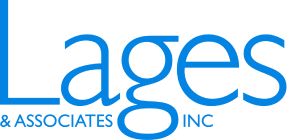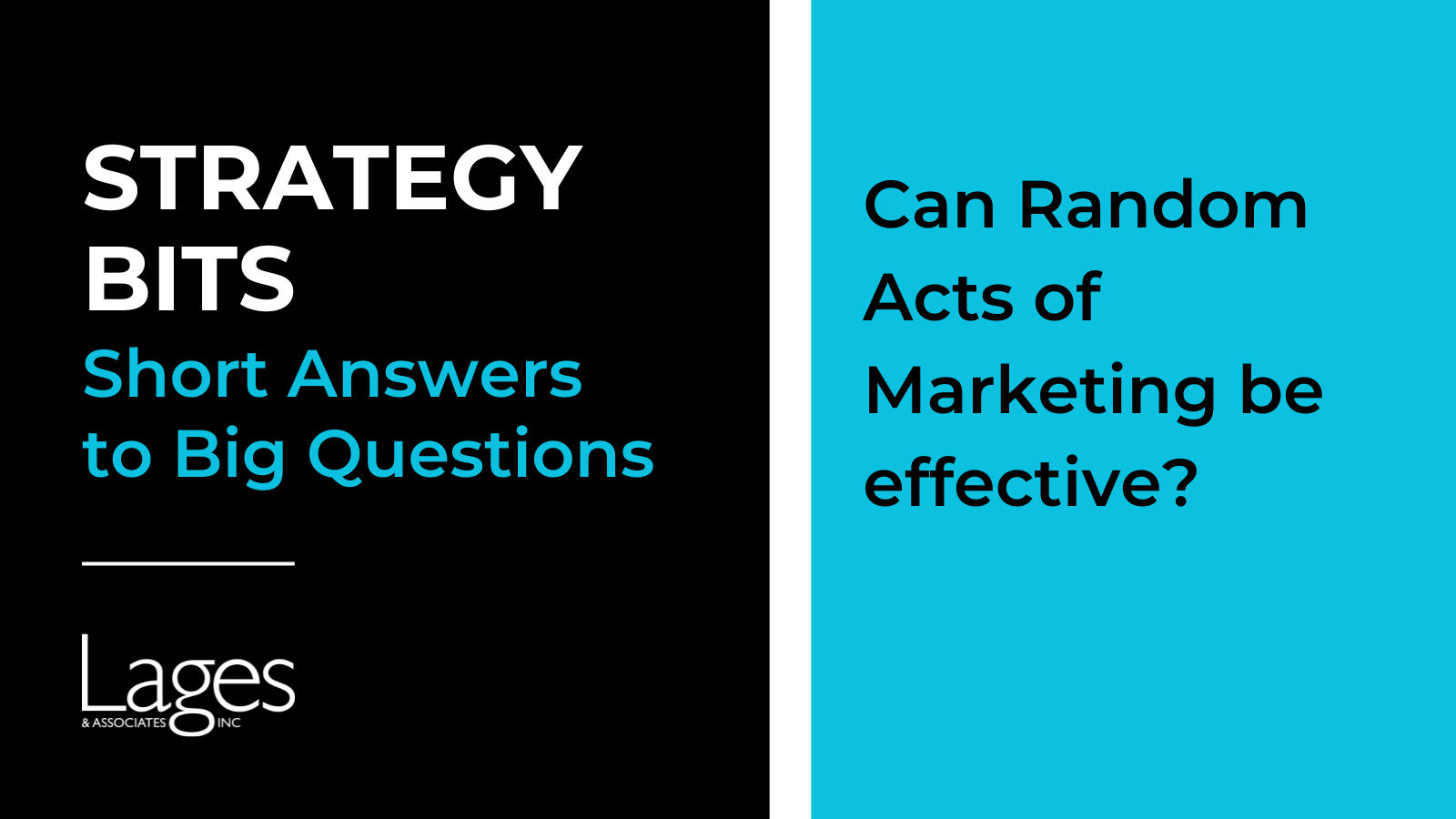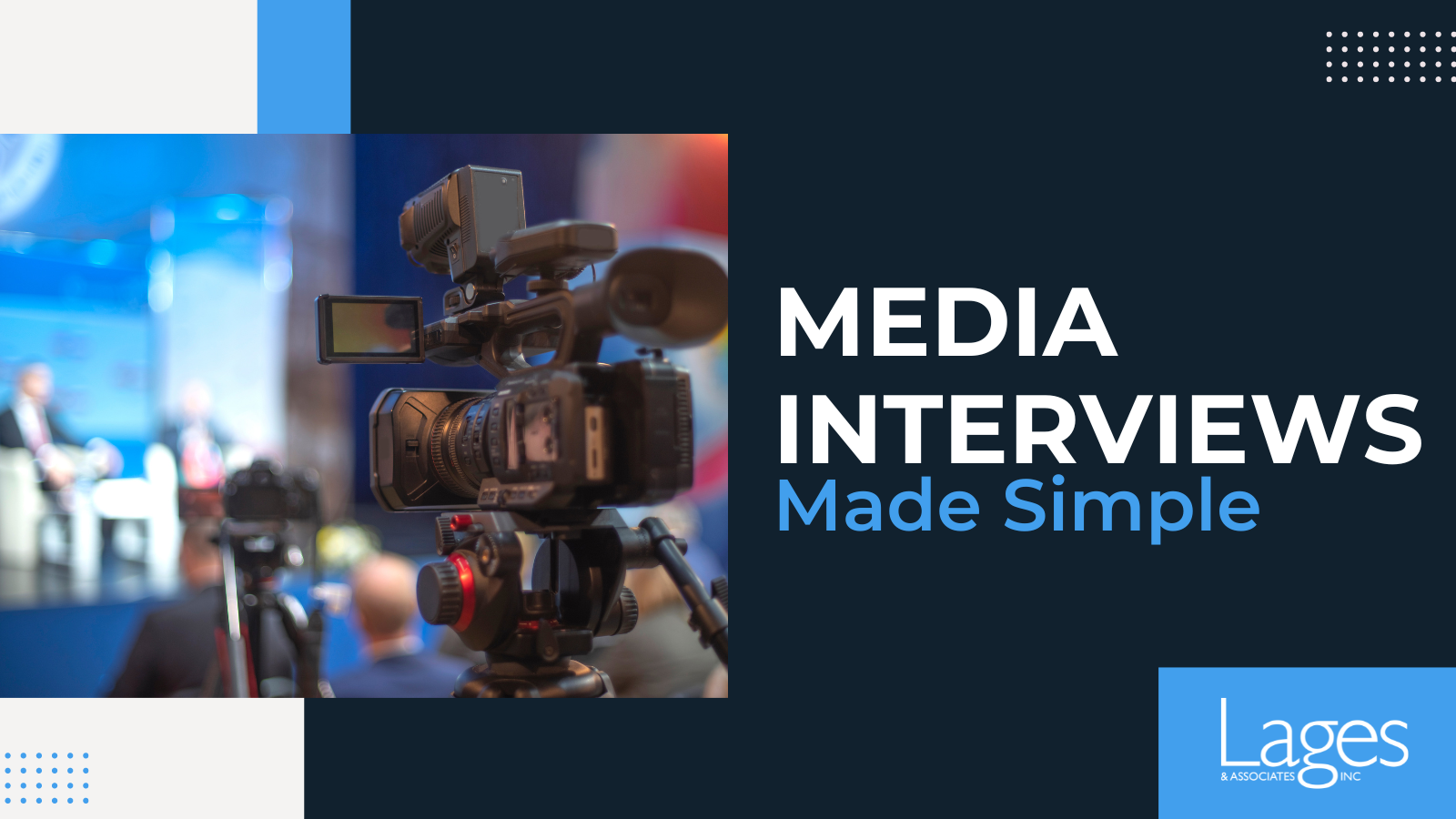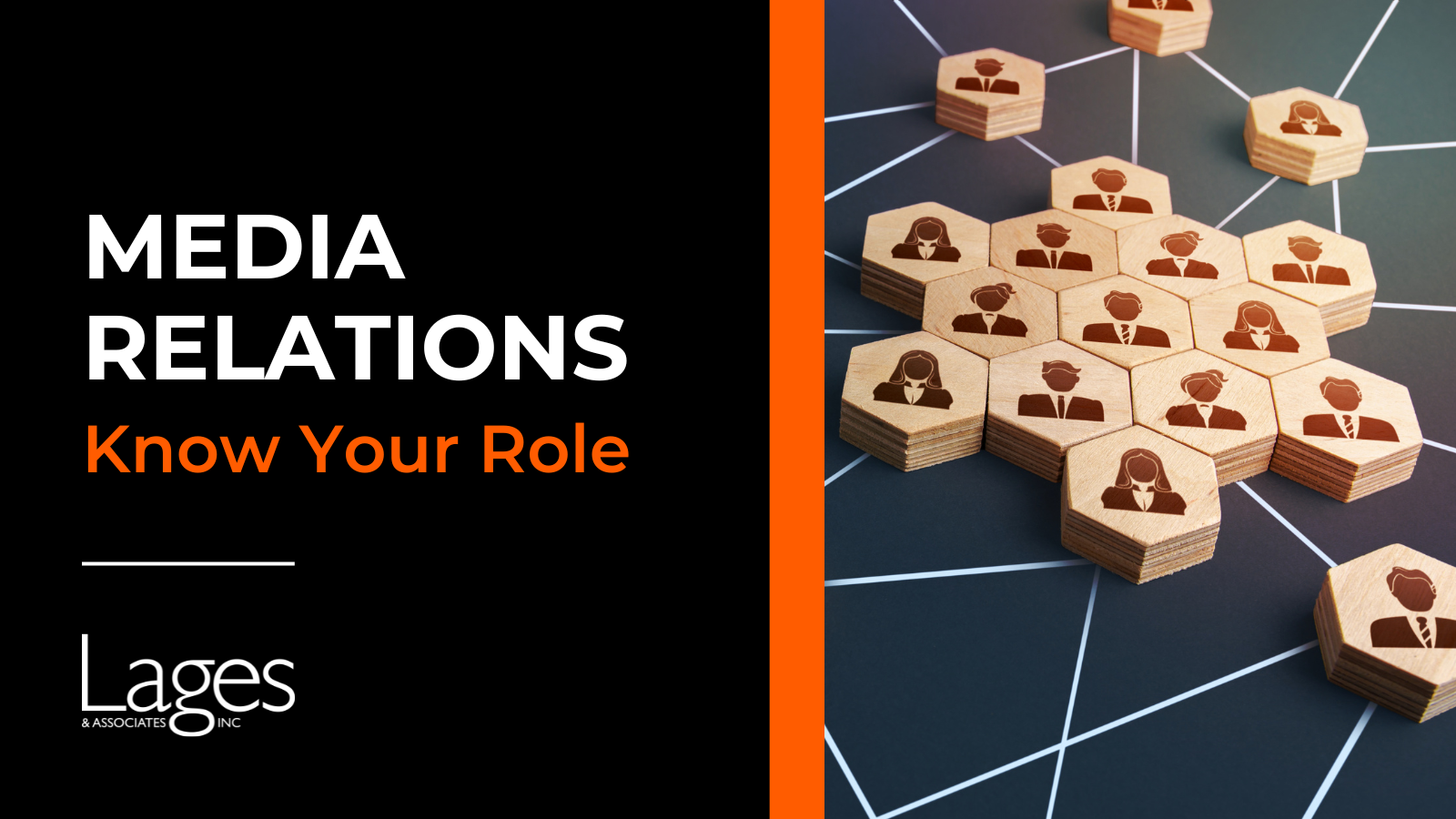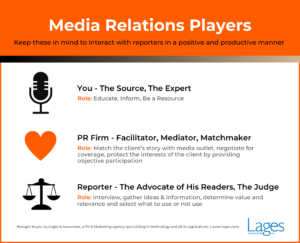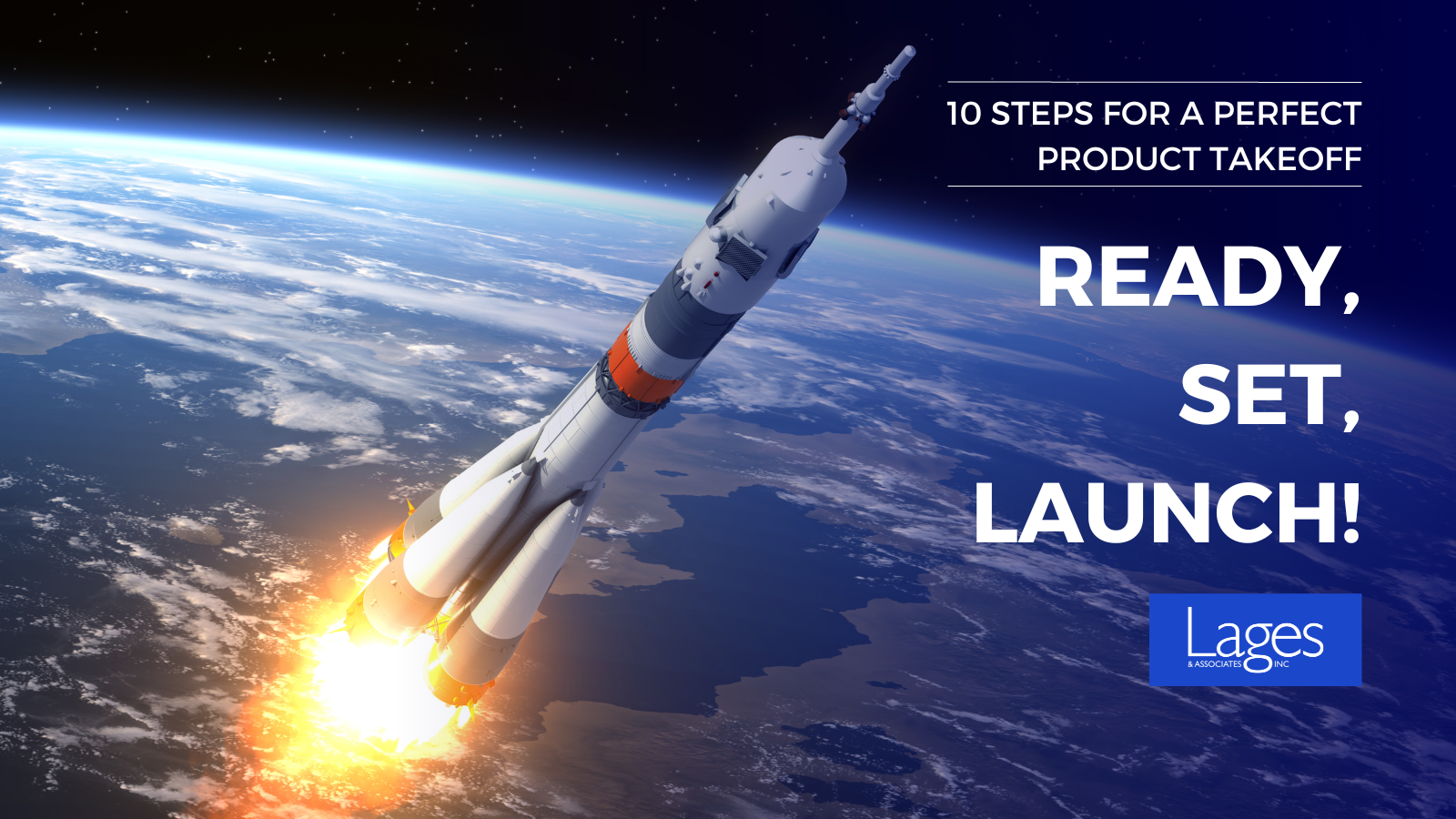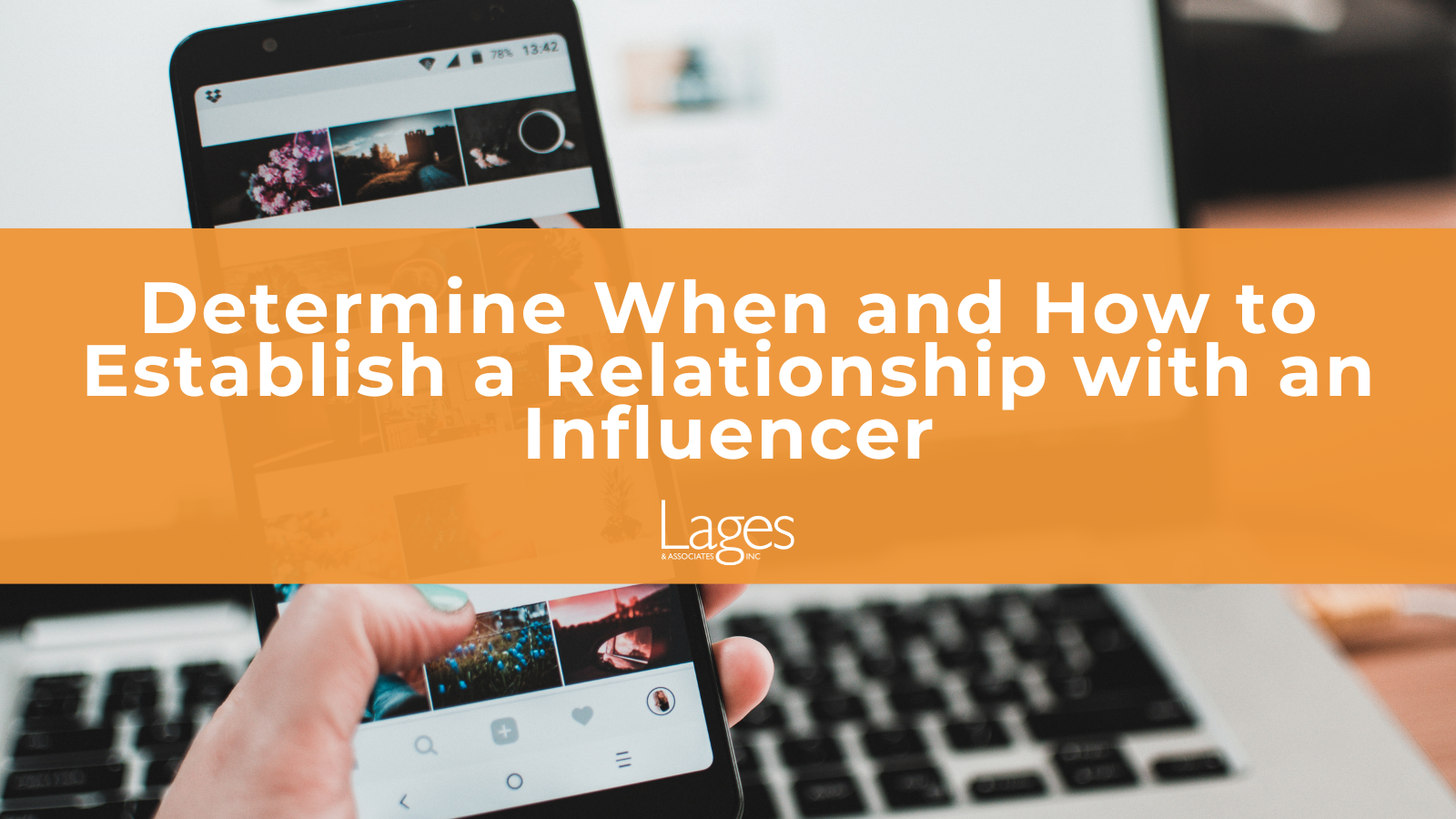Trends come and go. Markets fluctuate. New technologies are created at the same time others are being obsoleted. Throughout all of this change, there is one thing that you can bank on as a bedrock of success: Credibility.
No matter the business landscape, a sterling reputation is an extremely valuable asset. There’s a catch, though. One cannot simply claim credibility – it must be earned.
Credibility takes time and effort to establish but can be easily lost if not carefully maintained. Everyone seeks credibility – but how does a company become credible and trusted? Here are a few things to look at as you get started on your quest.
Be an active participant in your industry. For example: conferences, associations, speaking on panels. Publish meaningful, engaging, helpful content (tech whitepapers, application insights).
Strike a balance. Promote and tout the benefits of your innovations and how you make your customers successful – but be careful not to overhype, exaggerate or position your offerings as too good to be true. This will only lead to skepticism and resistance. While some over-the-top claims may in fact be true, only go on record with those if you have clear, demonstrable proof points to back them up.
Enlist outside voices. This means industry watchers, analysts, respected players in the field, research institutions and members of the media. Build strong relationships. After all, you are the company you keep.
Be consistent. Consistency is key – in your actions, messaging, branding, and with the quality of your products or services. Consistency breeds reliability, which is essential for building trust over time.
Establish expertise. Position your company as an authority by sharing knowledge, insights, trends and expertise through meaningful/engaging/helpful content and thought leadership.
Win accolades. Obtaining relevant certifications and participating in industry awards programs help validate your expertise and commitment to quality.
Be transparent. Transparency is crucial in your communications with everyone from clients and prospects to potential employees. Address concerns openly and honestly.
Keep innovating. Stay ahead of the curve by investing in research and development. Introduce new features, products, or services that address evolving customer needs and market trends.
Show success. Case studies and testimonials from satisfied customers serve as proof, demonstrating your ability to deliver results.
Partner up. Collaborating with reputable companies or industry leaders can lend credibility to your brand. These efforts can also open doors to new opportunities and markets.
Be supportive. Provide exceptional customer support and service. Promptly address inquiries, issues, and feedback to show your commitment to customers. Strive to exceed expectations.
“Trust is earned, respect is given, and loyalty is demonstrated. Betrayal of any one of those is to lose all three.” – Ziad K. Abdelnour
If you focus on consistently delivering value, fostering genuine relationships, and upholding ethical principles, credibility will naturally and organically follow. The path to long-term success and growth is lined with integrity and purpose.
